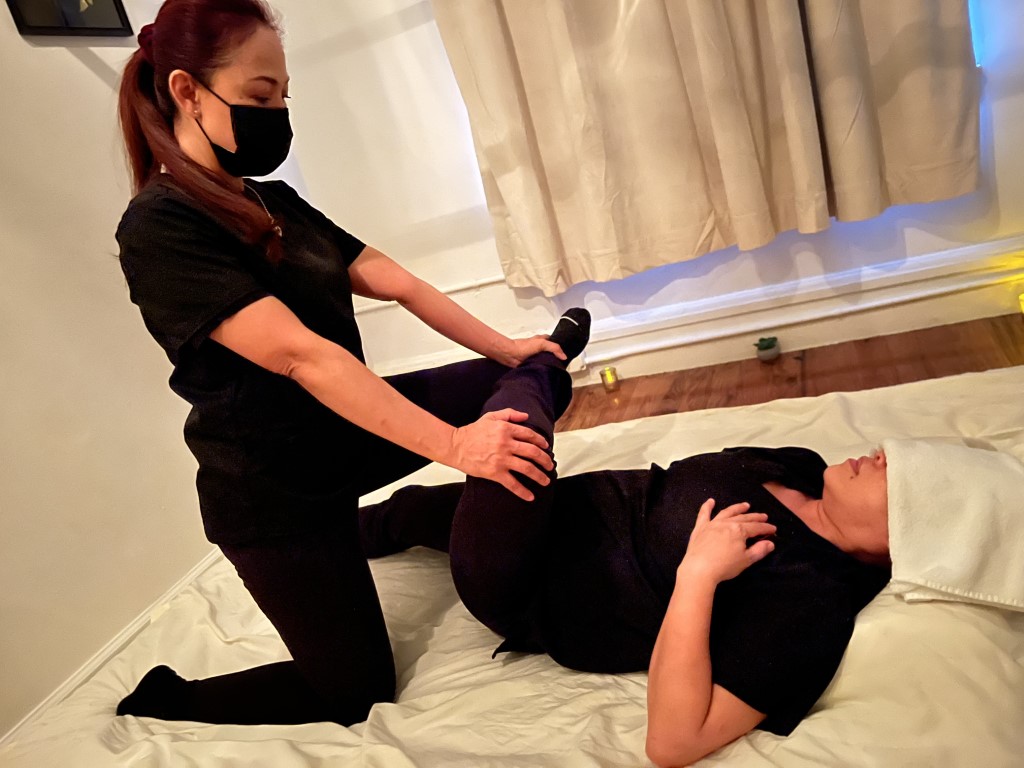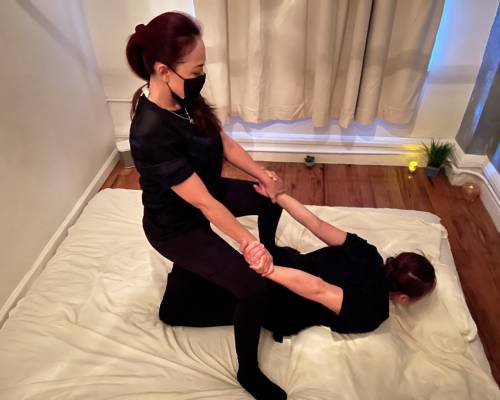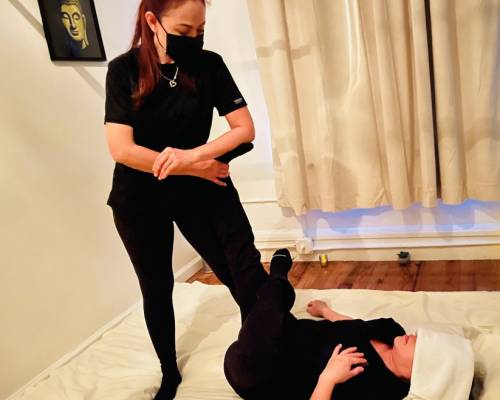Thai massage, which originated in India, has been around for over 2,500 years. Originally regarded as a healing art, traditional Thai massage includes influences from both Ayurvedic and traditional Chinese medicine.
Unlike typical Western-type massages, it doesn’t involve lying on a massage bed while a massage therapist applies oil to your body and kneads your muscles and pressure points.
Instead, you lie fully clothed on a mat on the ground while a practitioner uses stretching, pulling, and rocking techniques to relieve tension, promote relaxation, and improve flexibility and circulation.
Sometimes referred to as assisted yoga, Thai massage is focused on improving the flow of energy throughout your body.
What are the benefits of traditional Thai massage?
- Relieves headaches
- Reduces back pain
- Relieves joint stiffness and pain
- Increases flexibility and range of motion
- Eases anxiety Revives energy
What techniques are used with Thai massage?
In a traditional Thai massage, practitioners use their hands, thumbs, elbows, forearms, and sometimes even their feet to reduce tension in your muscles. Thai massage is based on the idea that energy moves through your body along predictable lines or pathways known as sens. To increase the flow of energy along the sens, the practitioner will move your body into yoga-like positions in addition to pulling and rocking your body in various ways. The combination of stretching, movement, and pressure is what distinguishes Thai massage from other types of massage.
Thai massage may be a good option for you if you want a more active type of massage, where you move and participate instead of lying down throughout your massage.







